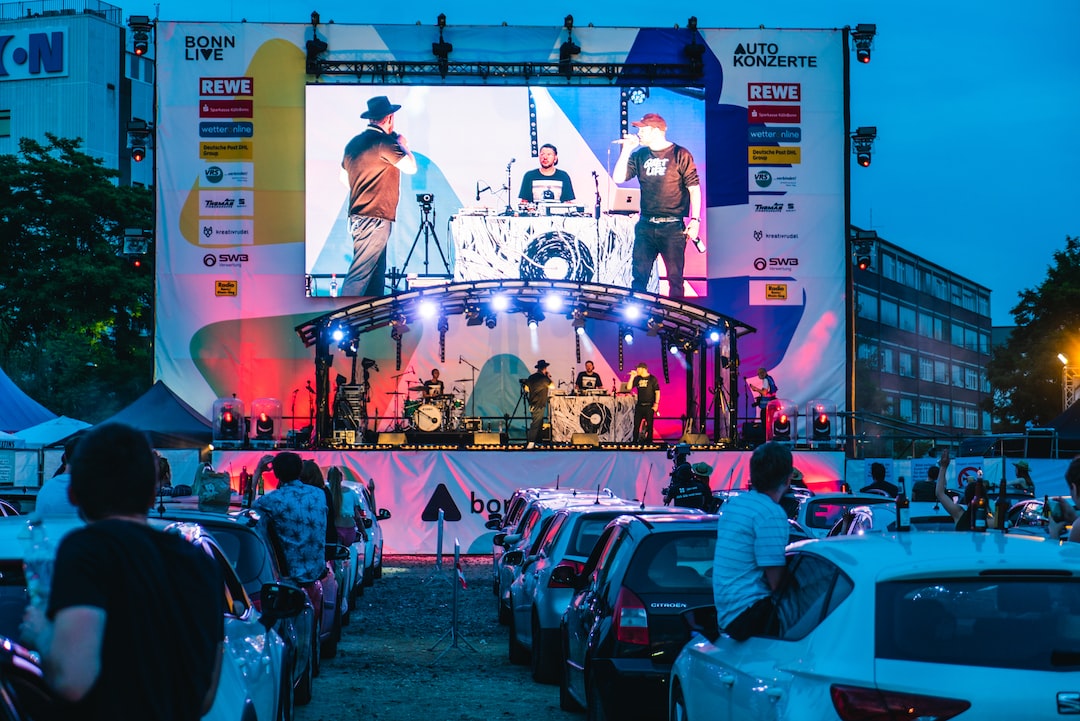The Evolution of Dance: From Classical Ballet to Modern Hip-hop
Dance has always been an integral part of human culture. Through the ages, it has evolved and transformed, reflecting the shifts in society, music, and movement. One of the most fascinating aspects of dance is how it continues to adapt and change with each generation. In this blog post, we will explore the incredible journey of dance, from its origins in classical ballet to the vibrant world of modern hip-hop.
Classical ballet, with its grace, precision, and storytelling, is often considered the foundation of Western dance. Developed in the 17th century French courts, ballet gained popularity in the 19th century through the works of ballet masters such as Marius Petipa and the famous composer Pyotr Ilyich Tchaikovsky. This era saw the birth of iconic ballets like Swan Lake, The Nutcracker, and Sleeping Beauty. The dancers of this time were known for their technical brilliance and ethereal quality, with movements that appeared weightless and effortless.
However, as the 20th century dawned, new ideas and movements emerged that challenged the traditional norms of ballet. Choreographers like Isadora Duncan and Ruth St. Denis sought to break free from the rigid structures of classical ballet. They incorporated elements of nature, spirituality, and improvisation into their performances, giving birth to a new form of dance known as modern dance.
Modern dance rejected the strict rules and conventions of ballet, instead emphasizing personal expression and freedom of movement. Pioneers like Martha Graham and Doris Humphrey explored deep emotions and psychological themes in their work, combining elements of dance, theater, and music. They sought to create a more authentic and honest form of movement, using the body as a powerful instrument for storytelling.
In the 20th century, the rise of jazz and its influence on dance cannot be overlooked. In the 1920s and 1930s, social dance styles such as the Charleston and the Lindy Hop came to the forefront. These dances, characterized by energetic movements, syncopated rhythms, and a vibrant social atmosphere, allowed people to connect and express themselves on the dance floor. A blending of African, Latin, and European influences created a unique fusion of styles that laid the foundation for what would eventually become modern hip-hop dance.
Fast forward to the late 20th century, and hip-hop dance emerged as a dynamic and influential genre. Originating primarily from marginalized communities in New York City in the 1970s, hip-hop dance encompassed a wide range of styles such as breaking, popping, locking, and krumping. In these styles, dancers mastered intricate footwork, acrobatics, and isolations, showcasing their creativity and athleticism.
Hip-hop dance is renowned for its raw energy, versatility, and cultural impact. It has transcended boundaries, becoming a global phenomenon embraced by people of all backgrounds. From music videos to television shows to international competitions, hip-hop dance has permeated popular culture, evolving and adapting to new trends and influences along the way.
The evolution of dance from classical ballet to modern hip-hop is a testament to the power of human creativity and expression. Each era has brought forth new movements, ideas, and ways of connecting with others through the language of dance. From the immense discipline of ballet to the freestyle improvisation of hip-hop, these dance forms reflect the ever-changing world we live in.
As we move forward, it is crucial to acknowledge and appreciate the contributions of different dance styles and the diverse voices they represent. The journey of dance is far from over, and it will continue to evolve as dancers and choreographers push boundaries and ignite the imagination of generations to come. Whether it is classical ballet, modern dance, or hip-hop, the beauty and joy of dance will always captivate and inspire us.
